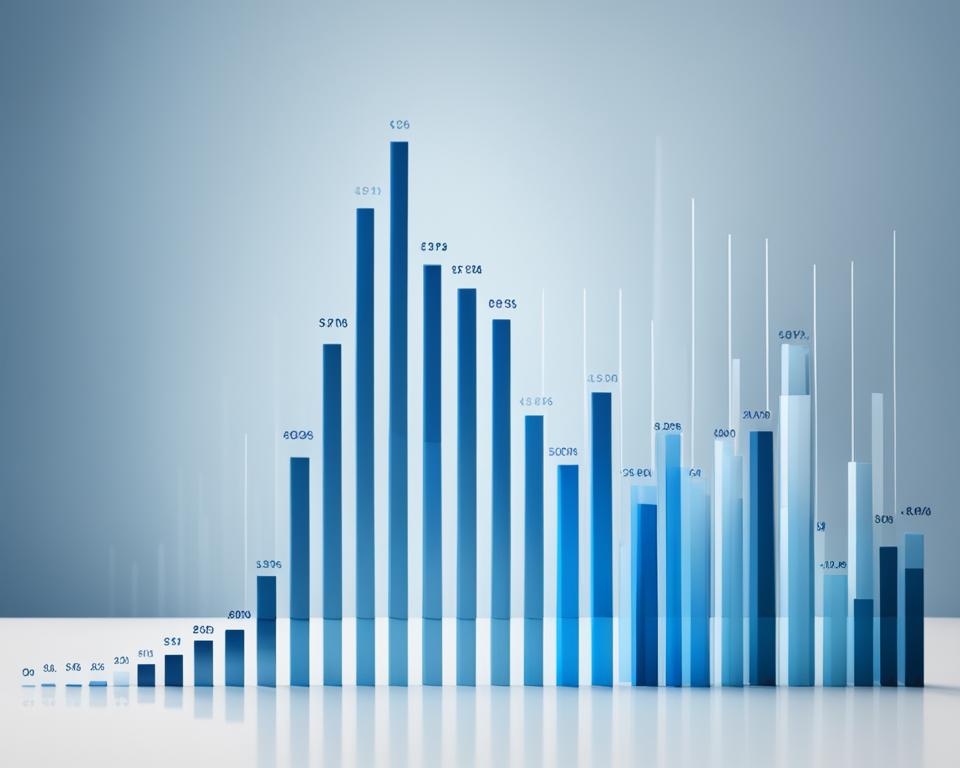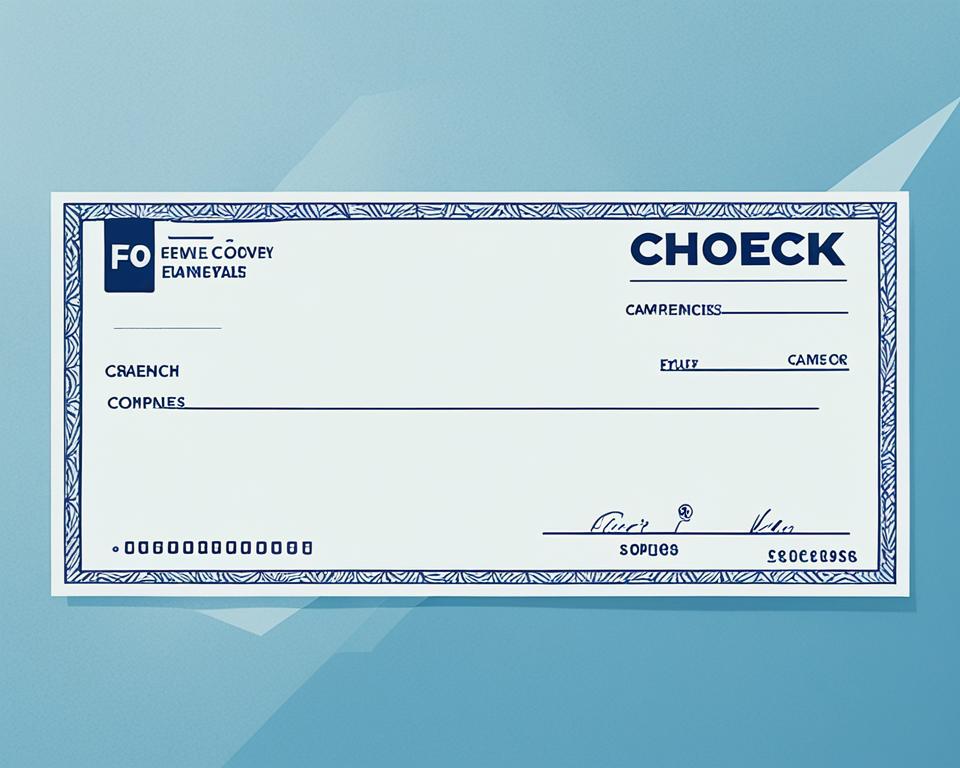Physical Address
304 North Cardinal St.
Dorchester Center, MA 02124
Physical Address
304 North Cardinal St.
Dorchester Center, MA 02124

SPACs, or Special Purpose Acquisition Companies, are publicly traded companies formed to acquire or merge with a private firm, taking it public. This guide explores SPACs' meaning, risks, and opportunities to help you decide if investing in them aligns with your goals.
In 2021, the number of SPACs increased a lot. They raised $162 billion, more than double what was raised in 2020. This increase has made both investors and those in the financial world wonder: What are SPACs, and should you think about investing in them?
SPACs are also called “blank check companies.” They are created to buy or merge with a private company. This action makes the private company public through a kind of reverse merger.
SPACs have some benefits over traditional ways of going public. They can offer private companies higher values, access to money quicker, and involve less regulation. But the SPAC market isn’t always stable. Not every SPAC will choose a successful company to merge with. This can lead to losses for the investors.
The world of SPACs is always changing. It’s important for investors to keep up and be careful. In this article, we’ll talk about what SPACs are, their history, and the pros and cons of investing in them.
SPACs are companies created to merge with others and help them go public. They’re also known as “blank check companies.” These have existed for a long time, but more people are interested in them now.
In 2021, 613 new SPACs raised a huge amount – $162 billion. This was more than double the money brought in during 2020. They help companies go public easily when it’s hard to do it the usual way.
SPACs have been around for quite a while, but they’re getting more popular recently. For example, in 2019, there were only 59 of them with $13 billion collected. The numbers shot up to 247 in 2020, raising $80 billion, and 295 in just the first quarter of 2021, getting $96 billion.
Private companies find SPACs appealing because they offer an easier way to go public. Founders and major shareholders can also sell more of their shares without facing IPO restrictions. This means they can avoid waiting after their company goes public.
SPACs are a different way for companies to go public. They start as shell companies in the stock market. Once they find a private company to buy, they merge. This lets the private company go public without the usual IPO process. By choosing a SPAC, private businesses can aim for better terms and a faster route to the stock market.
Investing in SPACs can be exciting for those who like to follow company acquisitions. It gives investors the option to add more shares if the company they buy does well. In the past year, SPACs have grown popular. In 2021, over 600 SPACs were created, raising more than $160 billion. This is twice as much as the year before.
But SPAC investing isn’t without risks. Some SPACs might not choose good companies to buy. This can lead to losses for the investors. The market can be unstable, and some worry about fairness. For example, how much the initial investors, or sponsors, own. There’s also the risk of paying too much for a company during the acquisition process.

A SPAC raises money by selling common stock shares for $10 each and adding warrants. 85% of these earnings go into an escrow account for a future merge. Around 3% stays for IPO costs.
Once the SPAC IPO is done, its team hunts for a company to merge with in the next two years. This search for how do SPACs identify acquisition targets is a key phase.
When they find a good fit, the SPAC sponsors vet it thoroughly, work out the deal, and get approval from their shareholders. If most shareholders are okay with the SPAC merger process and not too many want out, the merger goes through. The new company is then listed on the stock market.
The SPAC IPO, finding a merger partner, and sealing the deal are the essential stages. This is how SPACs make private firms public quickly and more flexibly than regular IPOs.
SPACs have caught the eye of regulators. The U.S. Securities and Exchange Commission (SEC) is one such body. It worries about SPAC sponsors and their pay, like how much stock they get.
Former SEC Chairman Jay Clayton says the SEC is looking closely at these issues. They want to know if sponsors might complete deals just for the sake of it. They’re not always the best deals out there.
Recently, some SPAC IPOs have tried to be less shady. Pershing Square Tontine Holdings, for example, didn’t dilute stockholder shares by as much. Their sponsor bought $1 billion in stock plus some warrants. This move only caused a 6% share dilution for Class A stockholders instead of the usual 20%.
But, the way SPACs are set up is still under the microscope. Regulators want to ensure things are clear, reduce conflicts of interest, and protect investors. They might introduce new rules to make things better.
Regulators are staying on top of things with SPACs. They aim to improve transparency, lower conflicts of interest, and protect investors more. The SEC watching more closely has already dropped new SPAC filings since the first quarter of 2021. By the start of 2022, the hype around SPACs had cooled a bit due to all this increased oversight and lower performance expectations.
Studies and media reviews show SPACs’ investment performance is less than great. Research by Johannes Kolb and Tereza Tykvova says SPACs that listed between 2013 and 2015 did badly. They were below the average historical SPAC performance. And, they did worse than regular IPOs when size and field were considered.
The Financial Times noted that many SPACs traded under their IPO prices, performing poorly against the market. Professor Jay Ritter found that SPACs had a -57% three-year return after buying other companies. This means they lost money over three years.
Many things lead to these bad SPAC returns. One is that SPAC sponsors get a lot of shares. There’s also too much competition among SPACs for good companies to buy. Lastly, they might pay too much for the companies they pick.

Kolb and Tykvova found problems with SPACs from 2013 to 2015. Those SPACs didn’t do as well as the market or IPOs of similar companies. The Financial Times also said many SPACs traded below their IPO prices, showing bad performance against the market. Ritter found SPACs had a -57% average return over three years after buying companies.
There are several reasons for SPACs’ poor performance. One is that the people launching SPACs get a big share of the business. Another problem is too many SPACs searching for companies to buy. Plus, they might pay too much for those companies. All these issues along with high company values are causing worries about investing in SPACs.
SPACs, or Special Purpose Acquisition Companies, earn the nickname “blank check companies.” They are created for one goal: to buy a private company and make it public. This is done through a reverse merger. These companies have been around for a while but are now getting more notice because of the increase in blank check companies.

The number of SPACs created has increased dramatically in recent years. In 2019, there were 59 SPACs with $13 billion invested. By 2020, this number grew to 247, investing $80 billion. The trend continued with 295 SPACs in the first quarter of 2021, investing $96 billion. In 2020, more than 50% of new U.S. publicly listed companies came from SPACs.
Some notable high-profile SPAC deals include Lucid Motors. They merged with Churchill Capital Corp IV. Also, DraftKings was acquired by Diamond Eagle Acquisition Corp.

You can join SPACs by buying at the start or after the merger. Investing in SPAC IPOs lets you get both stock and warrants. If the merger does well, these can turn into more shares. Selling SPAC shares and keeping the warrants is a common move for hedge funds. They do this because if the SPAC stock value goes up, the warrants can become very valuable.
Jumping in after the merger, by investing in post-merger SPACs, focuses your money on the best chances. It takes advantage of the SPAC’s setup, which protects your investment a bit. Until the merger happens, the money is put in safe government bonds.
| Year | SPAC IPOs | Capital Raised |
|---|---|---|
| 2019 | 59 | $13 billion |
| 2020 | 247 | $80 billion |
| 2021 (Q1) | 295 | $96 billion |
The SPAC market has really taken off in the last few years. There are a lot more SPAC IPOs now, and the money raised has shot up. This growth means there are more ways for investors to get involved, whether by buying into SPAC IPOs or after the mergers.
Putting money in SPACs brings up many risks. One big worry is about SPAC conflicts of interest. SPAC sponsors often get a lot of the new company, up to 20%. This may hurt the value for regular investors.
Former SEC chief Arthur Levitt called SPACs “the worst for transparency.” Government agencies are looking closely at how SPAC sponsors are paid. They worry this might push sponsors into deals that aren’t the best for everyone.
SPAC sponsors get a lot after the merger, sometimes 20%. This could lessen what the regular investors get. It makes people question if the sponsors really want what’s best for everyone involved.
SPAC sponsors can get a lot, plus extra bonuses like warrants. This might lower how much money regular investors make in the long run. So, it could affect how well the investment does over time.
The SPAC market growing fast has regulators worried. The U.S. SEC is especially concerned. They watch over SPACs closely, to make sure everyone plays fair. They’re looking to make changes that might help with transparency and protect investors.
You can invest in the SPAC ETFs market through exchange-traded funds (ETFs). These funds focus on SPACs and hold various SPAC securities. They are a good way for investors to join the SPAC market in a less active manner. Some might focus on different parts of the SPAC process, like before or after mergers, or use unique strategies.
What specific SPACs an ETF holds, and how it operates, differ between funds. Some target certain business areas or how they invest. This lets investors match their SPAC interests with their own liking and how much risk they’re willing to take. A wide range of SPAC ETF choices gives investors more ways to get into the SPAC market.
SPAC ETFs offer benefits like wider diversification, being managed by pros, and a chance for less up and down price movement than investing in single SPACs. With a SPAC ETF, investors can grab a piece of many SPAC deals without the legwork of choosing deals themselves. Yet, SPAC ETFs are new, so it’s not clear how well they will do over a long period.
The SPAC market has gained attention from top sponsors and investors. This has caused an increase in SPAC deals. Prominent SPAC sponsors include Bill Ackman’s firm, Pershing Square Tontine Holdings. They are joined by investment giants like Chamath Palihapitiya’s Social Capital. Also, former leaders from financial bigwigs such as Citigroup and Morgan Stanley are involved.
High-profile prominent SPAC investors have also entered the scene. This group includes private equity and hedge funds. Not to mention, even athletes and musicians are investing in SPACs. This diverse mix of influential backers has helped the SPAC market grow and become more visible.
SPACs, or Special Purpose Acquisition Companies, are becoming more popular than traditional initial public offerings (IPOs). This popularity spiked recently, with over 600 SPACs raising $160 billion in 2021. They provide private companies a quicker, less hassle-filled way to become publicly traded.
This growth isn’t all good news, though. Many SPACs haven’t performed well. The average return three years after acquiring a company is -57%. Top figures, like former SEC Chairman Jay Clayton, are questioning the fairness of how SPAC sponsors are rewarded, and this has led to concerns about conflicts of interest.
The SPAC market’s future depends on how well it adjusts to these issues. While SPACs do present a different way for companies to become public, their long-lasting appeal isn’t clear. The conclusion on SPACs is that they bring both chances and dangers. Anyone interested in SPACs should think hard about the deals and their possible effects on their investments.